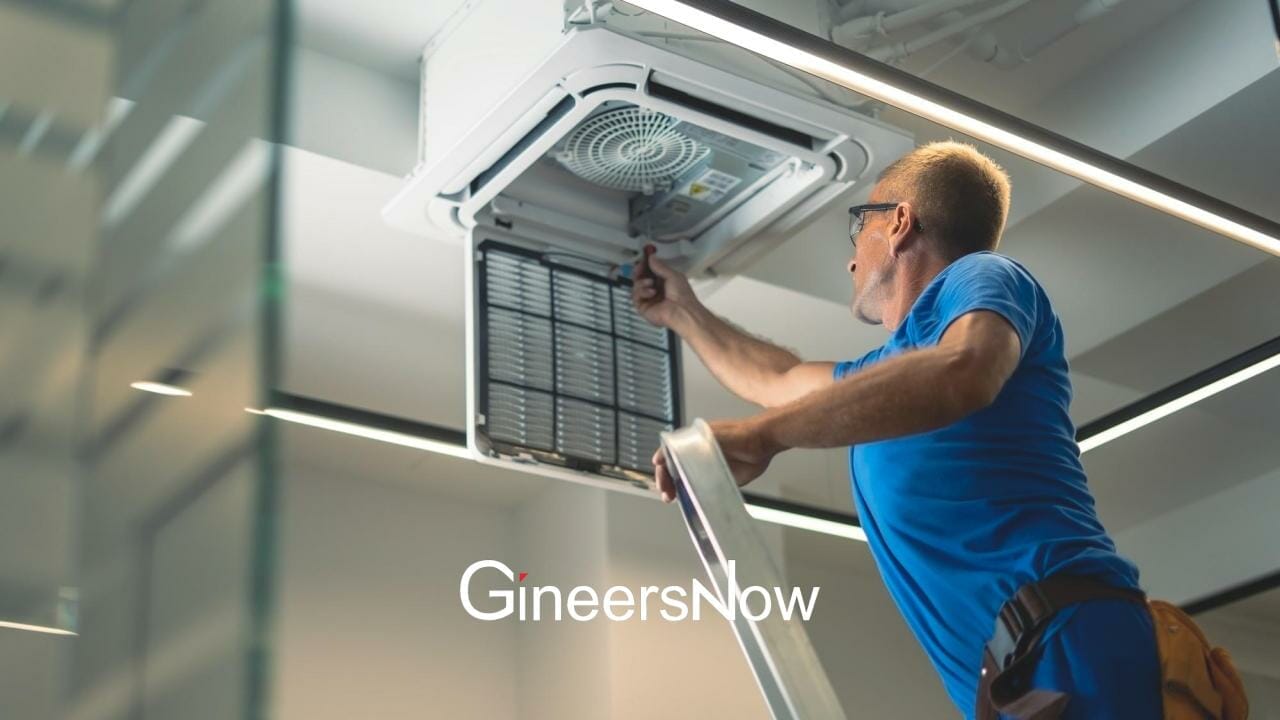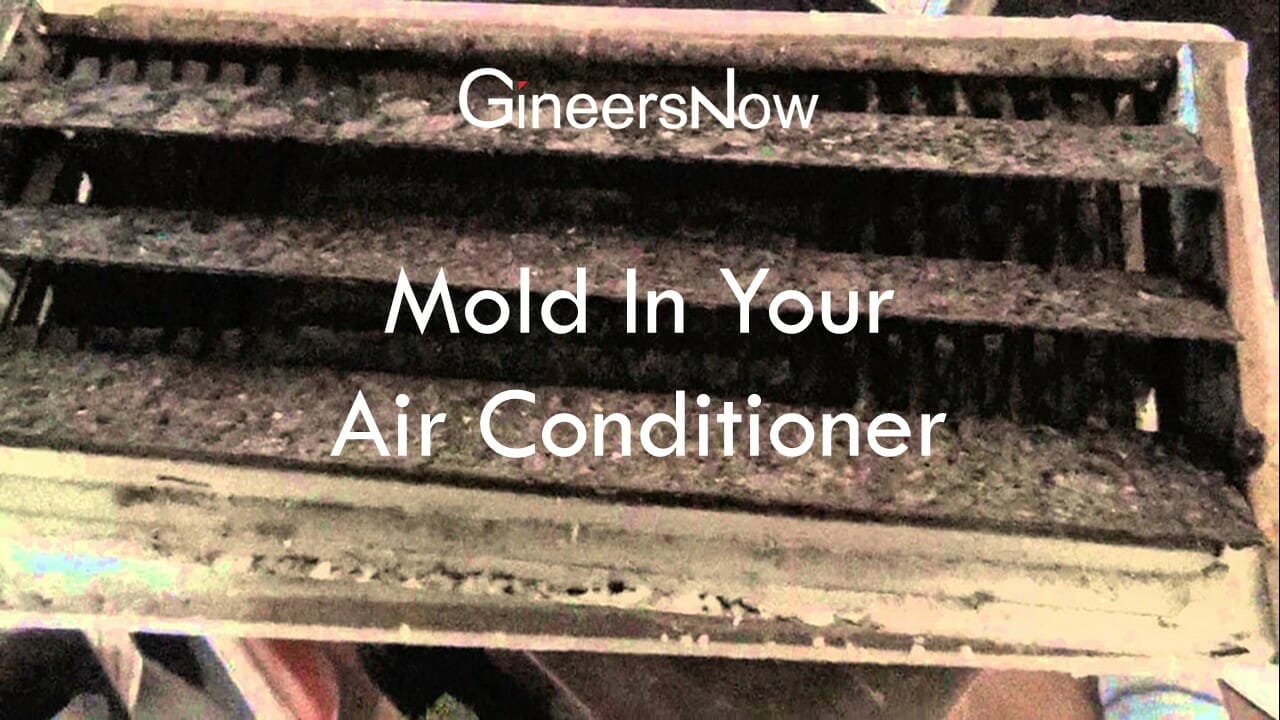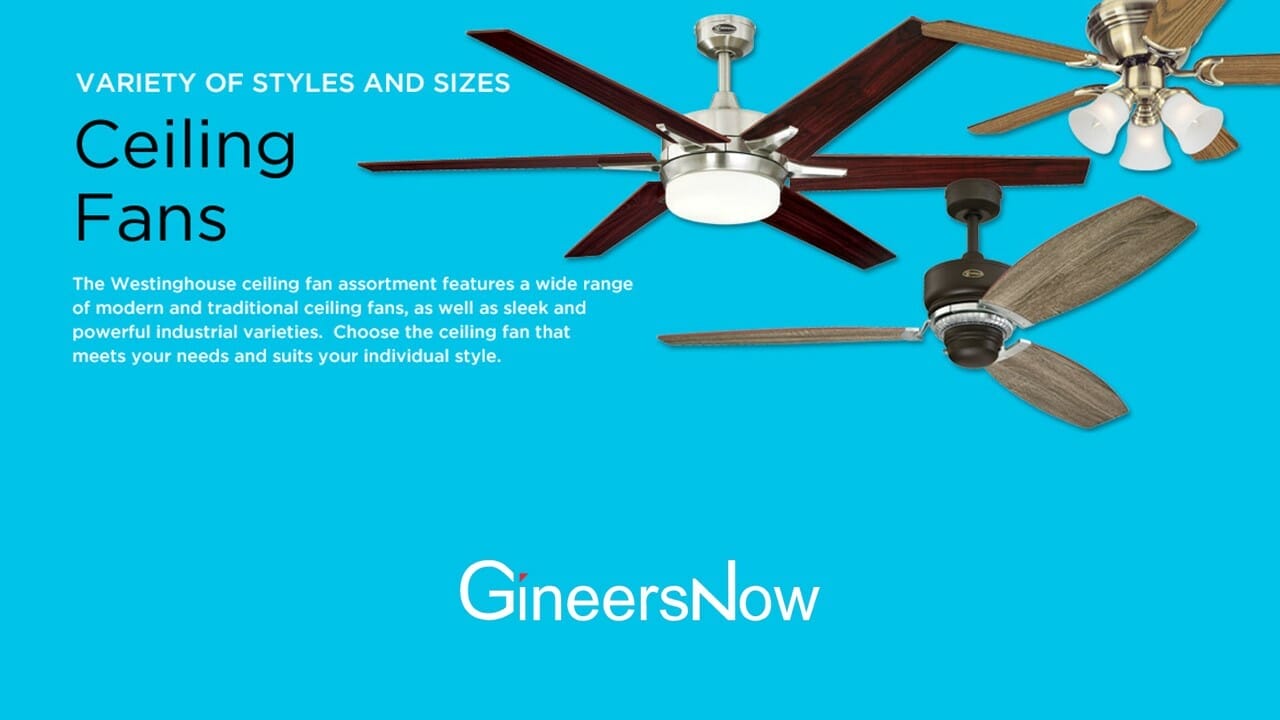No Chemical Refrigerants for This Air-Conditioner
Ever since Willis Carrier discovered the vapor compression air-conditioning in 1902, the technology hasn’t changed much.
It still requires large amount of energy to remove moisture in the room and to cool the dehumidified air. Not only is the traditional system that energy-intensive, it causes harm in the environment through the usage of chemical refrigerants such as chlorofluorocarbon and hydrochlorofluorocarbon for cooling.
But now that is about to change as researchers in Singapore found an alternative process.
A team from the Department of Mechanical Engineering at NUS Faculty of Engineering led by Associate Professor Ernest Chua developed a novel air-conditioning system that is cost-effective, more eco-friendly, and sustainable.
According to their tests, it can cool the air, both indoors and outdoors, to as low as 18 degrees Celsius.
The entire thing is also portable and able to be customized for all types of weather conditions.
The researchers say that the air-conditioning system they created consume about 40% less electricity than current compressor-based air-conditioners. For this, more than 40% reduction in carbon emissions is made.

No Chemical Refrigerants. The novel air-conditioning system alongside the geniuses behind it. Photo via NUS
“For buildings located in the tropics, more than 40 per cent of the building’s energy consumption is attributed to air-conditioning. We expect this rate to increase dramatically, adding an extra punch to global warming. First invented by Willis Carrier in 1902, vapour compression air-conditioning is the most widely used air-conditioning technology today. This approach is very energy-intensive and environmentally harmful,” said Chua.
“In contrast, our novel membrane and water-based cooling technology is very eco-friendly — it can provide cool and dry air without using a compressor and chemical refrigerants. This is a new starting point for the next generation of air-conditioners, and our technology has immense potential to disrupt how air-conditioning has traditionally been provided,” he added.
It works by developing two systems which are aimed to perform the mentioned primary processes separately: one for the removal of moisture and another for the cooling of the dehumidified air.
By doing this, the researchers are able to control each process and achieve greater energy efficiency.
The air-conditioning system uses a paper-like material, acting as a membrane, to remove moisture from humid outdoor air. To cool the dehumidified air, it undergoes a dew-point cooling system which uses water as the cooling medium instead of chemical refrigerants.
For this, no hot air is released to the environment unlike vapor compression air-conditioners. Instead, there is a discharge of cool air stream that is comparatively less humid than environmental humidity.
Such process also has a potable water by-product. About 12 to 15 liters of drinking water are generated after the air-conditioning system operates all day.
“Our cooling technology can be easily tailored for all types of weather conditions, from humid climate in the tropics to arid climate in the deserts. While it can be used for indoor living and commercial spaces, it can also be easily scaled up to provide air-conditioning for clusters of buildings in an energy-efficient manner,” explained Chua.
“This novel technology is also highly suitable for confined spaces such as bomb shelters or bunkers, where removing moisture from the air is critical for human comfort, as well as for sustainable operation of delicate equipment in areas such as field hospitals, armoured personnel carriers, and operation decks of navy ships as well as aircrafts,” he added.
Now, the Singaporean researchers are focused on refining the design of the air-conditioning system, improving its user-friendliness, and incorporating smart features like pre-programmed thermal settings and real-time tracking of energy efficiency.
Source: National University of Singapore














